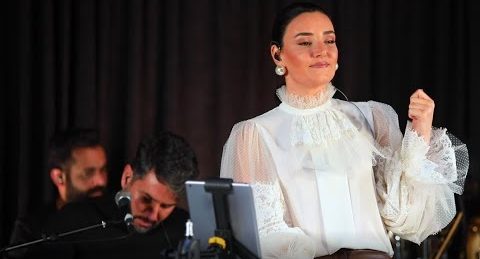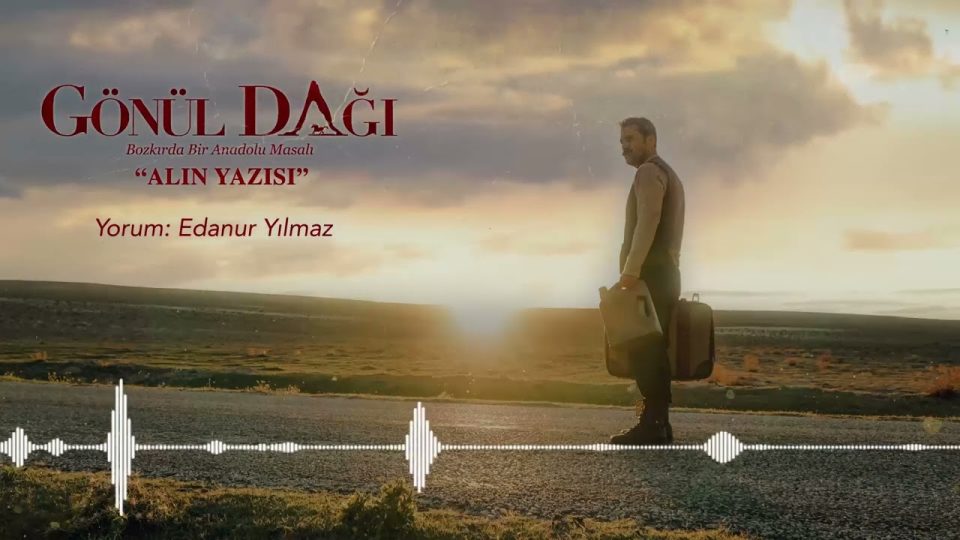1 – Bury My Heart at Wounded Knee: Dee Brown, 1970. This book chronicles the displacement and mistreatment of Native Americans during the period of westward expansion in the 19th century. The book delves into the impact of the westward expansion on the Native American tribes, their way of life, and their eventual confinement to reservations. The author portrays the role of cowboys in the Indian Wars and how they contributed to the conflict between Native Americans and the United States government.
2 – The American Cowboy: Joe B. Frantz, 1955. This book provides an overview of the development of the cowboy in American history, including their lifestyle, cultural significance, and their impact on the westward expansion. The book also describes the cowboy’s role in the cattle industry, their labor and daily routine, and their relationships with Native Americans and Mexican vaqueros. The author also discusses the cowboy as a symbol of American individualism and freedom.
3 – The Cowboy Way: David McCumber, 2000. This book explores the contemporary cowboy lifestyle and how it has evolved over time. The author provides an in-depth look at the daily life of modern cowboys, including their work, relationships, and cultural practices. The book discusses the impact of technology and industrialization on the cowboy way of life, and how it has affected the traditional cowboy culture.
4 – Cowboy Ethics: James P. Owen, 2004. This book explores the principles and values that are associated with the cowboy way of life, such as hard work, integrity, and respect for others. The author explains how these values can be applied to modern life, and how they can lead to personal success and fulfillment.
5 – The Code of the West: Ramon F. Adams, 1975. This book delves into the unwritten rules and principles that governed the cowboy way of life. The author provides a detailed analysis of the cowboy code, which included honor, loyalty, fairness, and courage. The book also explores the role of women in the cowboy culture and how they contributed to the development of the cowboy code.
6 – The Log of a Cowboy: Andy Adams, 1903. This book is a fictionalized account of a cattle drive from Texas to Montana in the late 19th century. The author provides an accurate depiction of the daily life of cowboys on a cattle drive, including their work, relationships, and conflicts. The book also explores the impact of the westward expansion on the Native American tribes and their relationship with the cowboys.
7 – Guns, Germs, and Steel: Jared Diamond, 1997. This book provides a broad analysis of the factors that led to the success of European civilization and their conquest of the American West. The author examines the role of geography, technology, and the domestication of plants and animals in the development of Western civilization. The book also explores the impact of these factors on Native American societies and their eventual subjugation by European colonizers.
8 – Empire of the Summer Moon: S.C. Gwynne, 2010. This book provides an in-depth look at the Comanche Indian tribe and their relationship with the cowboys during the westward expansion. The author explores the Comanche culture, their way of life, and their resistance to European colonization. The book also examines the role of the cowboys in the Indian Wars and their impact on the eventual subjugation of the Comanche.
9 – The Time it Never Rained: Elmer Kelton, 1973. This book is a fictionalized account of a West Texas ranch owner during a seven-year drought in the 1950s. The author provides an authentic depiction of the struggles and hardships faced by the rancher and his family during the drought. The book also explores the role of the cowboy in the ranching industry and their resilience in the face of adversity.
10 – Cowboy Culture: A Saga of Five Centuries: David Dary, 1981. This book provides an extensive look at the evolution of the cowboy culture from the early Spanish vaqueros to the present day. The author explores the influence of various cultures and groups on the development of the cowboy way of life, including Native Americans, Mexicans, and African Americans. The book also examines the impact of technology and industrialization on the cowboy culture, and how it has affected their work and daily life.












